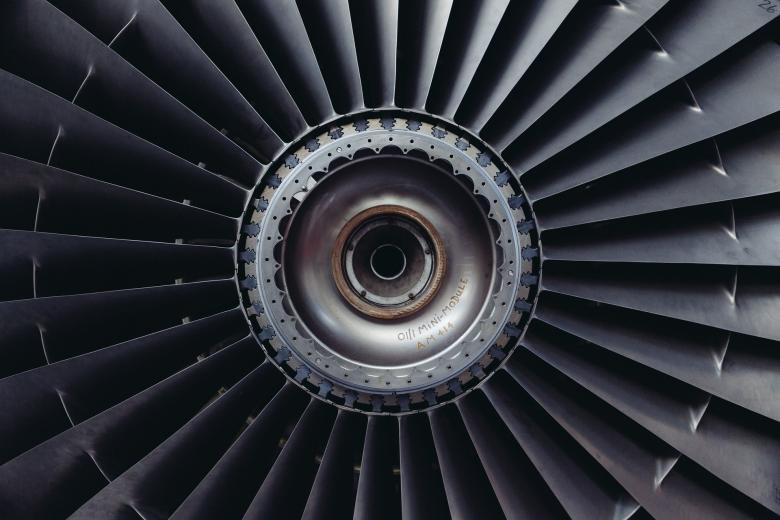Patent aggregation, innovation, and competition law: setting the stage
Electronics companies increasingly engage in patent aggregation, that is to accrue patents without using them for manufacturing purposes. So far, it is unclear whether such behaviour has negative effects on innovation. If it did, could EU competition law remedy it?
The implementation of patents into end-products is but one way of profiting from patents. Indeed, many electronics firms such as Qualcomm, Nokia or Ericsson, besides selling end-products, raise revenue by licensing or selling their patents (so-called Practising Entities, ‘PEs’). Other firms with little or no research and development (R&D) activities, such as Interdigital, PanOptis or Sisvel, disregard manufacturing activities completely and, instead, specialise in monetising patents (so-called Non-Practising Entities, ‘NPEs’). These patents-only transactions are enabled by the transferability of patent rights and correspond to some of the patent aggregation practices. These practices increasingly happen in electrical engineering industries where innovation is incremental (i.e. one product builds upon many components), convergent (i.e. many different products use the same component), interoperability-driven (i.e. different products must interoperate), and fast-paced (i.e. technology life-cycles become shorter).
Patent aggregation and innovation in a love-hate relationship
Patent aggregation does not directly result in new products being brought to markets. Hence its effects on innovation are ambiguous and depend on the specific activity considered. On the one hand, patent aggregation activities spur innovation when they bring efficiencies into patent licensing, impede patent infringement by licensing otherwise infringing use, and provide liquidity to inventors. This is the case, for example, with standard-essential patents (SEPs) pools or patent funds, which determine one-stop shop licensing efficiencies and assist the licensing efforts of resource-constrained inventors. On the other hand, patent aggregation activities stifle innovation when they enforce otherwise dormant or substitute patents and foreclose access to technically or commercially essential patented technologies. Examples in this sense are the fragmentation of previously united patent portfolios only aimed at multiplying patent licensing margins, or the filing of patent applications covering already defined interoperability standards. Therefore, establishing what patent aggregation is and what practices it encompasses is a prerequisite to understand its relationship with innovation.
Defining patent aggregation
So far, a few management and economics studies cover patent aggregation in its entirety. However, none defines patent aggregation with the aim of assessing it under EU competition law. As a result, the existing definitions exclude from the patent aggregation phenomenon exploitations of internally prosecuted patents or practices carried out by PEs. These exclusions do not fit competition law, which concerns any economic activity by any type of undertaking happening on a market. In light of antitrust considerations, patent aggregation is better redefined as the accrual of patents, applications, or their commercialization rights under common ownership and their subsequent exploitation beyond manufacturing. Based on this definition, patent aggregation activities are divided into the means of aggregating patents (i.e. prosecution, exclusive in-licensing, patent purchase, and patentee M&A) and the possible non-manufacturing patent exploitations (i.e. out-licensing, defensively holding, selling, and enforcing). This taxonomy allows to observe individual patent aggregation practices and to analyse their consequences for the technical development.
Competition law room for manoeuvre
In principle, EU competition law is well suited to ensure a positive relationship between innovation and patent aggregation. Multilateral and unilateral patent aggregation conducts that limit or control technical development are sanctioned respectively under Arts. 101 and 102 TFEU. In turn, otherwise anticompetitive patent aggregation practices are justified on a case-by-case basis if they promote innovation. Further, patent aggregation activities constituting concentrations between undertakings are scrutinised under the merger regulation, taking into account technical progress considerations. Last, patent aggregation activities are still exempted from the application of both Art. 101 TFEU, when they comply with the R&D and technology transfer block exemption regulations, and Art. 107 TFEU, when they qualify as R&D and innovation products under the state aid general block exemption regulation.
| Written by Niccolò Galli, this blog builds upon the PhD research within the EU-funded EIPIN Innovation Society project. More blogs on Law Blogs Maastricht |
-
Patent Aggregation in the Great White North
Patent aggregation is one of the critical paths to raise revenue and earn a return on investment in the ICT sector. It comprises all activities whereby firms build sets of related patents, so-called patent portfolios, and subsequently use these beyond manufacturing. Different kinds of entities...

-
The implementation challenge of art. 17 CDSM directive: an “institutional” option?
Constructing a functioning single market for business and trade among the Member States of the European Union (EU) has been the cornerstone of the EU project, and remains one of the strongest drivers for EU-level legislative reform. Over the years, the EU has prioritized the harmonization of...
